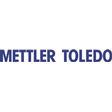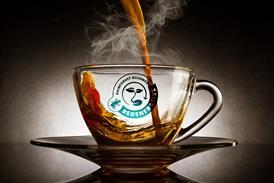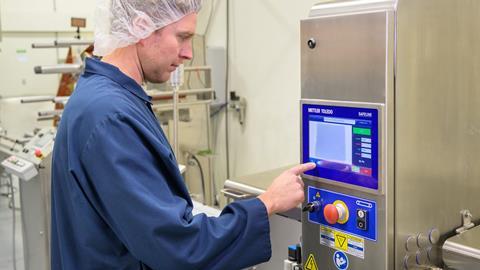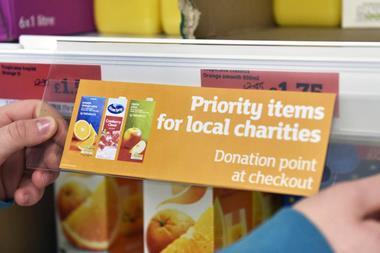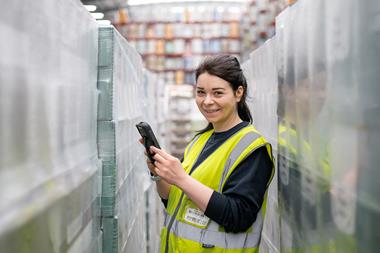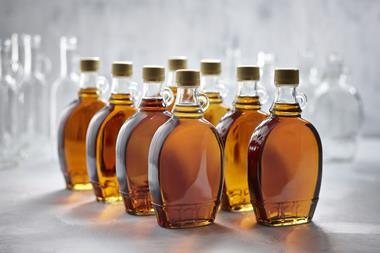Modern contamination detection technologies offer benefits far beyond detecting and rejecting foreign bodies. Find out how businesses across the globe are utilising this technology to protect their bottom line.
When Chewters Chocolates in Canada made the shift to automate its production and packaging line to become more productive and efficient, the company looked to advanced contamination detection technologies.
What they discovered was that a move to inline metal detection and x-ray inspection systems didn’t just help maintain compliance - it also helped them avoid false rejects, reduce product waste and confirm quality control. All of this supported their rapid scale-up to meet growing market demand.
This story is increasingly familiar. In an environment shaped by rising productivity costs, regulatory expectations and sustainability pressures, contamination detection technologies are becoming much more than a box-ticking exercise.
Today’s systems can help food manufacturers cut costs, avoid waste and build more resilient operations while continuing to protect consumer health and brand integrity.
Twin pressures: Food safety and operational cost
Physical contamination - whether from metal, calcified bone, glass or dense plastics - remains one of the most common causes of food recalls globally. At the same time, manufacturers are being asked to do more with less.
Ingredient prices, energy costs, labour shortages and tariffs are squeezing margins, while packaging formats evolve and retailers demand consistent product quality at speed.
This has forced many manufacturers to re-evaluate their approach to risk and efficiency.
Rather than treating contaminant detection systems as purely protective measures, more companies are asking: can this technology help me prevent waste? Avoid overfilling? Detect equipment faults early? And meet retailer codes of conduct more reliably?
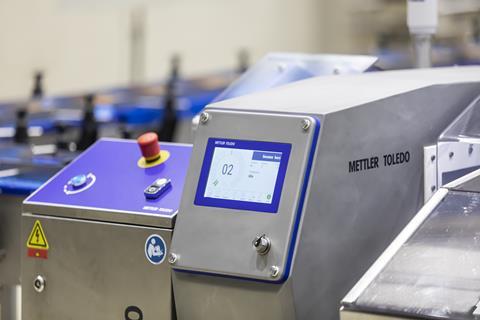
Why contamination detection is not just a safety net
Modern contamination detection technologies offer benefits far beyond detecting and rejecting foreign bodies, they help to reduce product giveaway and protect bottom line profits.
When connected with other management systems they can help to optimise line performance and support traceability during audits. In short, they’re part of the broader efficiency toolkit - not just a safety net.
At Hornby Organic, a Canadian producer of certified organic energy bars, speed became critical when upscaling their production line. With new automated equipment being able to flow-wrap packs at speeds up to 150 packages per minute, traditional visual inspection methods could no longer keep up.
That’s why the team invested in a Mettler-Toledo x-ray inspection system along with a checkweigher. This upgrade improved product safety and allowed real-time adjustments on fill weight, boosting yield and reducing false rejects.
Mettler-Toledo x-ray inspection systems offer high detection capabilities in inspecting food packages.
The systems use an advanced generator, along with intelligent x-ray software, semi-automated set-up and precise detectors, to find a wide range of contaminants, including metal, glass, calcified bone, mineral stone, and high-density rubber.
This enables manufacturers to increase brand protection, confirm product safety and comply with retailer codes of practices and food safety standards.
Where detection belongs on the line and why it matters
Physical contaminations detection equipment typically sits at Critical Control Points (CCPs) - inspecting raw materials at the start of production and then utilising upstream systems, like throat metal detectors at bagging stations or pipeline detectors for liquids, pastes or slurries prior to packaging, to provide early intervention.
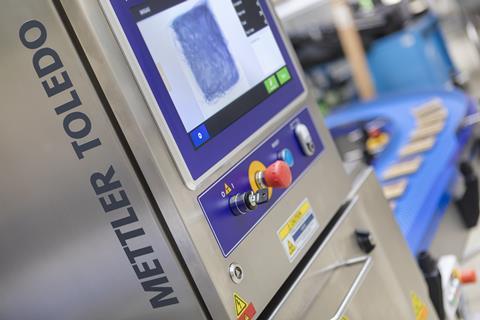
X-ray inspection systems are often used at the end of the line before or after final packaging or just prior to despatch. Catching an issue closer to the point of origin can prevent full-batch losses or line stoppages further downstream.
For example, integrating a gravity fall metal detector to inspect powdered or granular ingredients prior to processing allows manufacturers to reject contaminated product before further value is added, reducing both product and packaging waste.
Similarly, placing x-ray systems mid-line - particularly on high-speed operations - helps isolate problems before value is added through secondary packaging or labelling.
Improving cleaning and maintenance downtime
Cost isn’t just lost through product giveaway or false rejections - it’s also tied up in maintenance time, cleaning routines and machine downtime. Older detection systems often require more frequent calibration and labour-intensive cleaning.
Metal detection systems like the M30 R-Series with GC and EC Series conveyors from Mettler-Toledo have been designed with durability and washdown resilience in mind
Ingress protection ratings and smooth, hygienic surfaces mean they can withstand harsh cleaning processes - especially valuable in protein, dairy and bakery settings. These systems are also easier to strip down and reassemble, cutting cleaning time and reducing risk of error during maintenance.
Cost avoidance through better detection and data
The direct cost of a recall can reach millions - especially when it involves high-risk products or multiple SKUs. “Prevention remains the strongest defence against product recalls,” says Chris Plant, head of operations, Mettler-Toledo Product Inspection. “Effective foreign body detection systems not only reduce risk but also demonstrate that a manufacturer is acting responsibly to protect public health.”
But beyond recall avoidance, foreign body contamination detection technologies contribute to cost protection in subtler ways.
Systems that detect trends such as thawing product due to issues upstream - or those with the ability to predict potential maintenance issues like a slowly degrading blade - can prevent expensive, large-scale issues from developing.
Supporting audit readiness and traceability
Contamination detection systems also play a crucial role in compliance - not just by rejecting physical contaminants, but by providing traceable data for regulators. Modern systems can automatically log reject events, performance monitoring tests and machine status, reducing paperwork and accelerating audit prep.
Further, these systems can play a direct role in compliance with internationally recognised food safety standards, including the BRCGS, which highlights physical contaminant control as a core requirement for certification.
“Contamination detection systems are essential in demonstrating due diligence,” says Mercè Sánchez, Food Programme Manager, BRCGS. “Being able to provide consistent, documented evidence of physical contaminant control is a core requirement for certification audits”.

Automated testing features, such as programmable test schedules, step-by-step instructions and digital test result archiving, help offer consistency across shifts. This supports both internal quality benchmarking and external verification during third-party inspections.
Manufacturers can take product safety to the next level with data management software such as ProdX(TM) from Mettler-Toledo. This software monitors, reports and collates all product inspection activities in real-time.
Not only does this save manufacturers’ time and money by automating quality control processes, it helps with regulatory compliance, auditing, and traceability which is essential for brand protection in the event of a recall.
Choosing the right solution for growth
As product lines diversify and packaging becomes more complex, selecting the right detection system is critical. Metal detectors like the M34R or Profile Advantage are ideal for dry or frozen goods in standard packaging.
X-ray systems such as the X2 Series are suited to dense, layered or foil-based products, or where multiple inspection tasks (e.g. mass check, seal check) are required.
For Chewters Chocolates, the decision to adopt product inspection systems from Mettler-Toledo was about more than just detection. “We are trying to become a world-class facility. Mettler-Toledo equipment is the industry standard,” explains Arjan Cheema, Project Engineer. “The metal detection and x-ray systems help us to avoid false rejections associated with our packing lines” he adds.
Protecting what matters most
In today’s manufacturing environment, every decision must contribute to both compliance and competitiveness. Contamination detection technologies are increasingly valued for their impact on productivity, traceability and bottom-line performance.
Whether avoiding waste, preventing recalls or preparing for the next audit, these systems are now core to operational strategy - not just food safety. And in a market where every gram, second and unit counts, they may well be the smartest investment a manufacturer makes.
To explore more about food safety, click here
